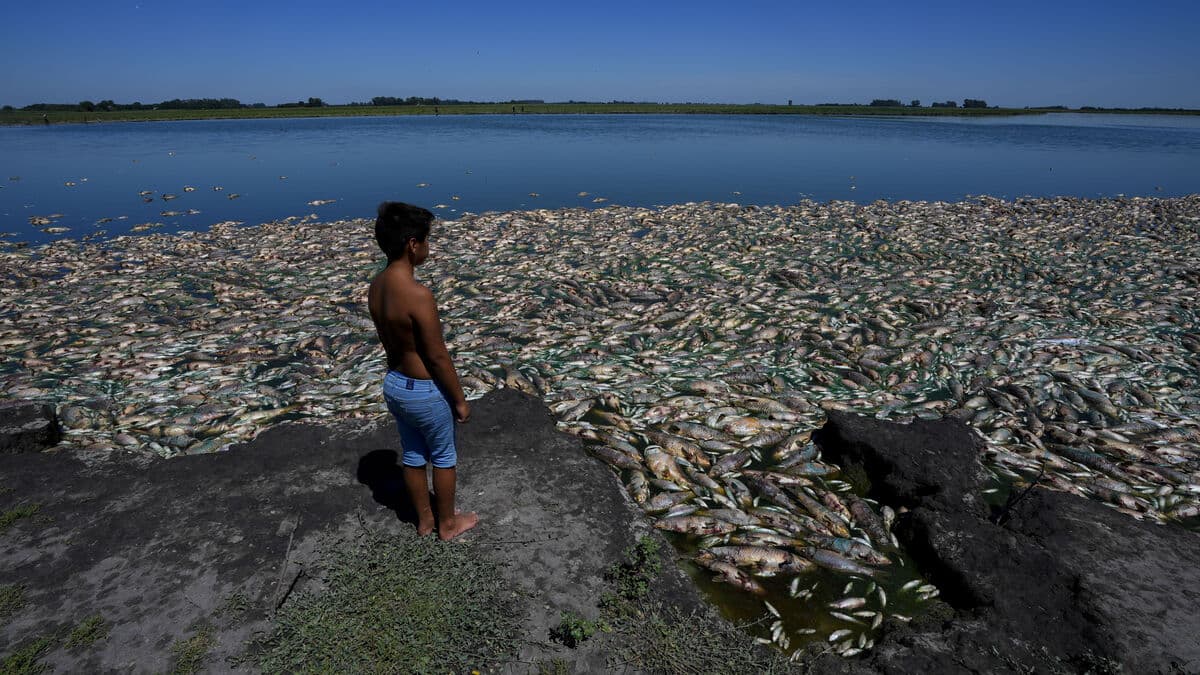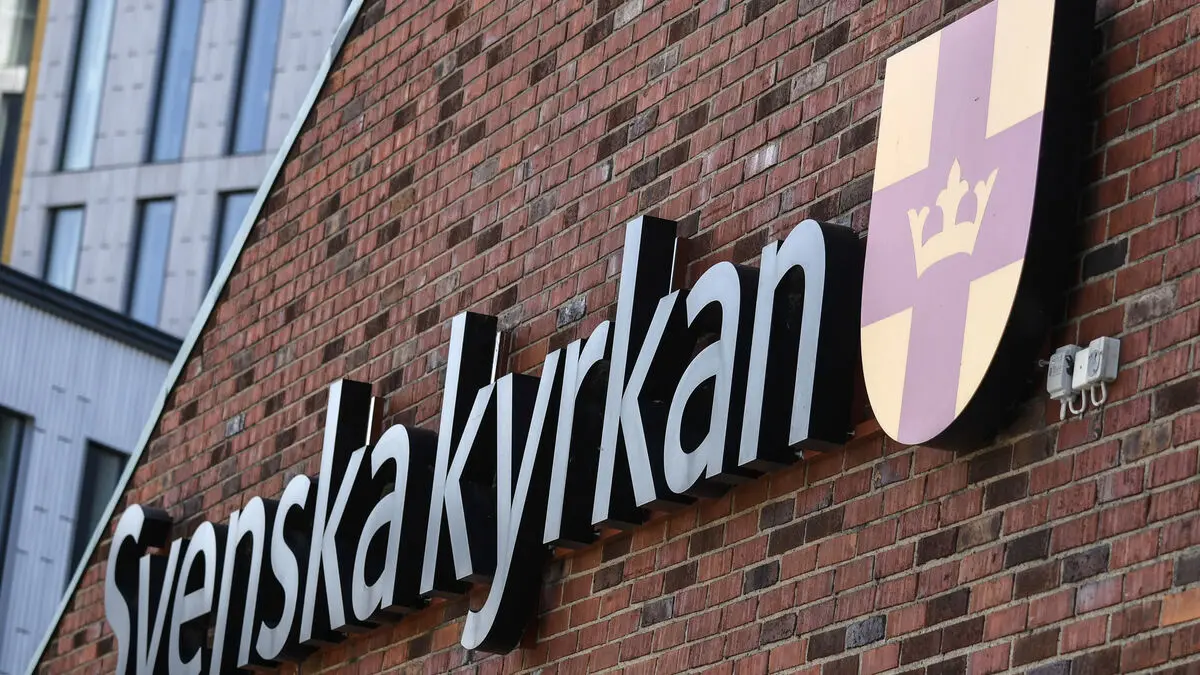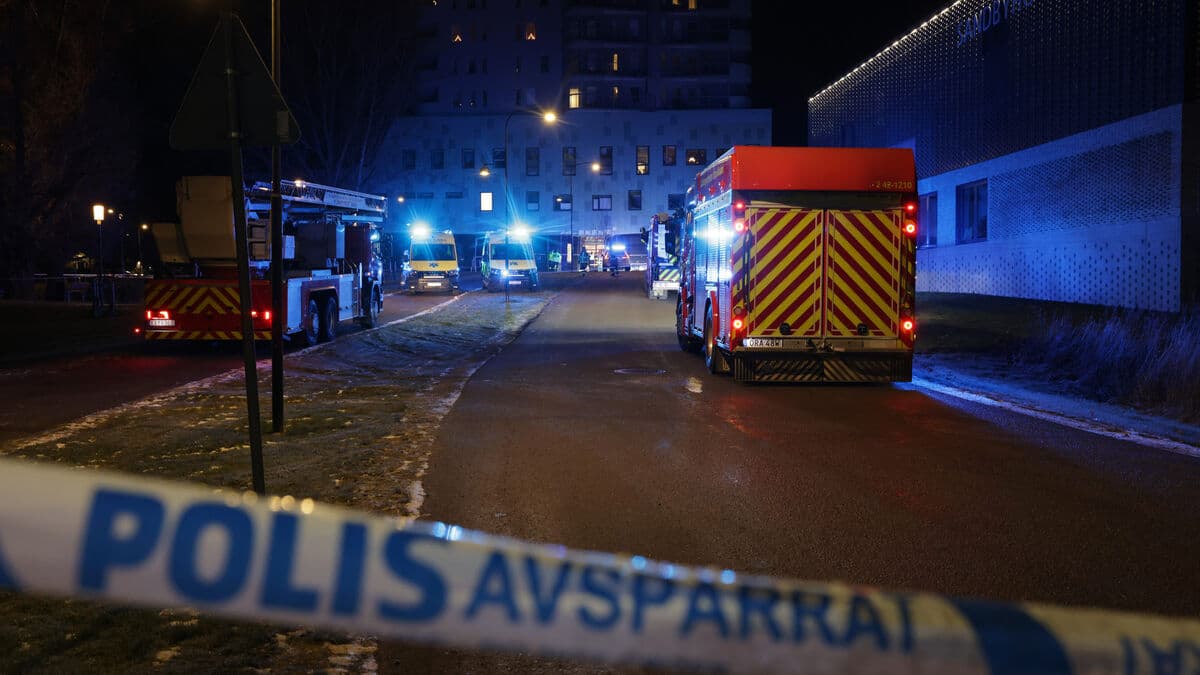I see no objections in the room, I declare the Paris Agreement on climate adopted.
President Laurent Fabius slammed the gavel on the table as cheers erupted in the conference room. It was December 12, 2015, and 195 countries in the world had promised each other to reduce greenhouse gas emissions.
Paris was the moment when climate diplomacy became universal. It was a turning point, says Maria Ivanova, a professor of public policy at Northeastern University and an expert on international environmental governance.
Previously, UN countries had been locked into different blocs. Now they managed to negotiate outside of them, the US and China pulled in the same direction for once, and island nations and youth organizations managed to make their voices heard.
The Paris Agreement gave the world a vision where everyone needs to contribute and mobilized everyone to action, according to her.
Katherine Browne, who leads a research group on climate risks at the Stockholm Environment Institute, says the agreement was a significant achievement in 2015.
But it has always been a fairly weak agreement. It is not legally binding and there are no enforcement mechanisms.
Goals not achieved
Perhaps the most well-known part of the Paris Agreement is the 1.5-degree target. Everything indicates that this target will not be reached – at best, we can hope for 1.9 degrees, according to the United Nations Environment Programme (UNEP).
Both experts point to the background to its setting, which had to do with the demands of vulnerable island nations – which are at risk of disappearing when melting ice causes sea levels to rise.
The 1.5 degree target anchors and prevents normalization of the view at higher levels. We cannot say that it is no longer relevant, because then it becomes a self-fulfilling prophecy, says Ivanova.
"I think as we approach the borders, communication will change to the point where every tenth of a degree still matters," says Browne.
“Got further”
So even though emissions have continued to rise since 2015, and new heat records are being broken, the Paris Agreement remains relevant. Countries continue to update their climate plans, and so far only the United States has left the agreement.
One of the strengths of the Paris Agreement is that it is really difficult, especially for governments. We have to let them figure out how to do it themselves and accept that they may not achieve 100 percent of their goals, but that 70 or 80 percent is better than nothing at all.
The question is what would have happened without the Paris Agreement. Emissions would probably have been even higher, ambitions lower, and we would not have seen the explosion of renewable energy that has occurred.
In addition, the forecast has improved. Before the Paris Agreement, the world looked to be on track for 4 degrees of warming – if countries keep their promises, the increase could now stay at 2.6 degrees, according to a recent report from the WWA research network.
The Paris Agreement was signed by 195 countries at the climate summit in Paris (COP21) on December 12, 2015. On November 4 of the following year, it entered into force.
The agreement means that global warming should be kept well below 2.0 degrees, preferably 1.5 degrees, compared to pre-industrial levels.
To reach the 1.5-degree target, emissions must turn downward this year and decrease by 43 percent by 2030.
Every five years, each country must submit an action plan (NDC) on the measures it is taking to reduce emissions.
Source: UNFCCC





